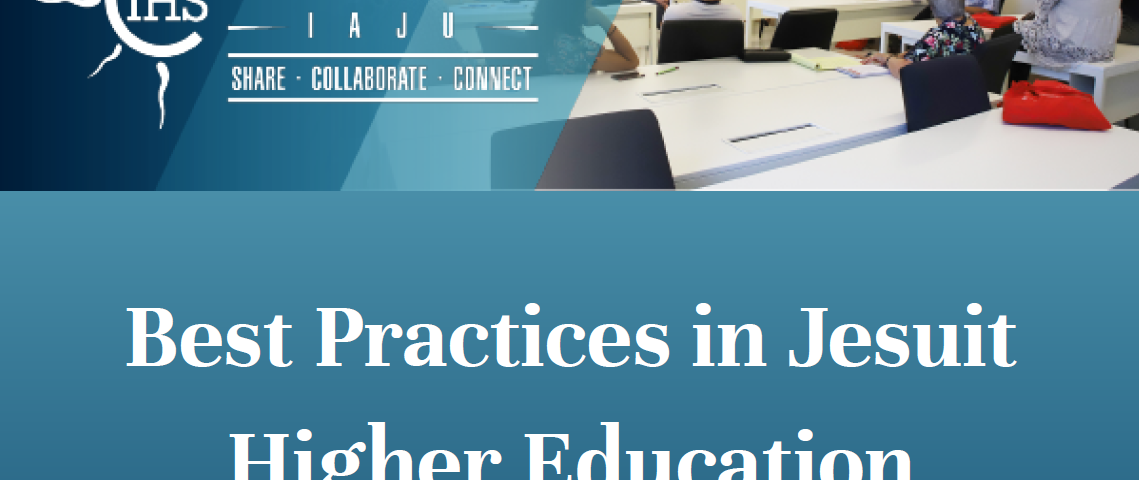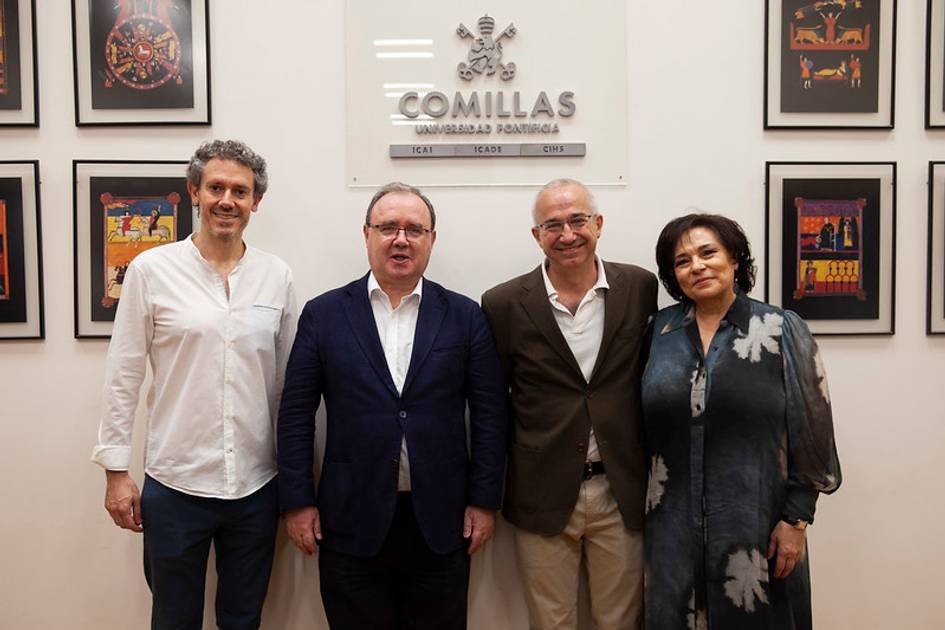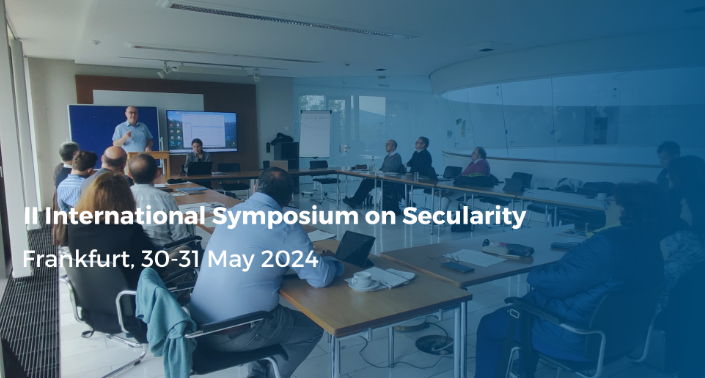Se lanza el IAJU-Best Practices in Jesuit Higher Education

HTSI reactiva los webinars para el sector turístico
2 junio, 2021
Enrique Sanz SJ, entra en cargo como nuevo rector de Comillas
4 junio, 2021
Se ha publicado recientemente el primer número con las mejores prácticas en la educación superior jesuita (International Association of Jesuit Universities, IAJU). Se trata de una colección de buenas prácticas en Pedagogía Ignaciana e Innovación Educativa, a cargo de profesores de 14 universidades jesuitas pertenecientes a las seis redes regionales de la IAJU y, entre ellos, profesores de Deusto, Comillas y la Loyola . Se puede acceder a las versiones online y PDF a través del siguiente enlace: https://iaju.org/working-groups/best-practices-jesuit-higher-education
A continuación, la carta de presentación de Michael J. Garanzini, SJ, Secretario de la Educación Superior de la Compañía de Jesús
Dear Reader,
We are glad to present the first issue of the IAJU Best Practices in Jesuit Higher Education. You will find a collection of good practices in Ignatian Pedagogy and Pedagogical innovation developed by faculty members from 14 Jesuit universities and colleges belonging to the six IAJU´s regional networks.
With the first schools founded by the Society of Jesus, teachers placed a particularly strong emphasis on the student. Like outstanding faculty today, they asked themselves: What helps students grasp the insights of scholars and artists? How do we engage the student’s innate desire to know and understand the world around them? What will stir their own creativity? What leads to deeper self-reflection?
Today, excellence in teaching is recognized as beginning with the student and focusing on the student’s ability to engage the matter at hand with mind and heart and hand. This has always been the case in Jesuit schools. This “Jesuit” reputation for excellence is due, in large part, not only to this student-centered approach, but also to its adaptability. Ignatian Pedagogy requires an adaptation to the individual needs of students, to the unique demands of the material and to changing times and changing technology. Students today receive information and process it differently. Their engagement with the material is mediated by both devices they use and the community they share when using those devices. It is dependent still on a dedicated teacher who demonstrates interest in their learning as much as the material to be grasped.
What we have been given in this collection of articles and reports on the uses of Ignatian Pedagogy in our universities is how that creative adaptability is taking place today. Insightful and very practical examples of student engagement by the authors represented here are evidence of our continuous struggle for excellence. This collection of “best practices” in Ignatian pedagogy advances our 500-year-old tradition making it fresh and relevant. We owe a debt of gratitude to them and to the Kircher Network for collecting and sharing them with us.
Michael J. Garanzini, SJ




